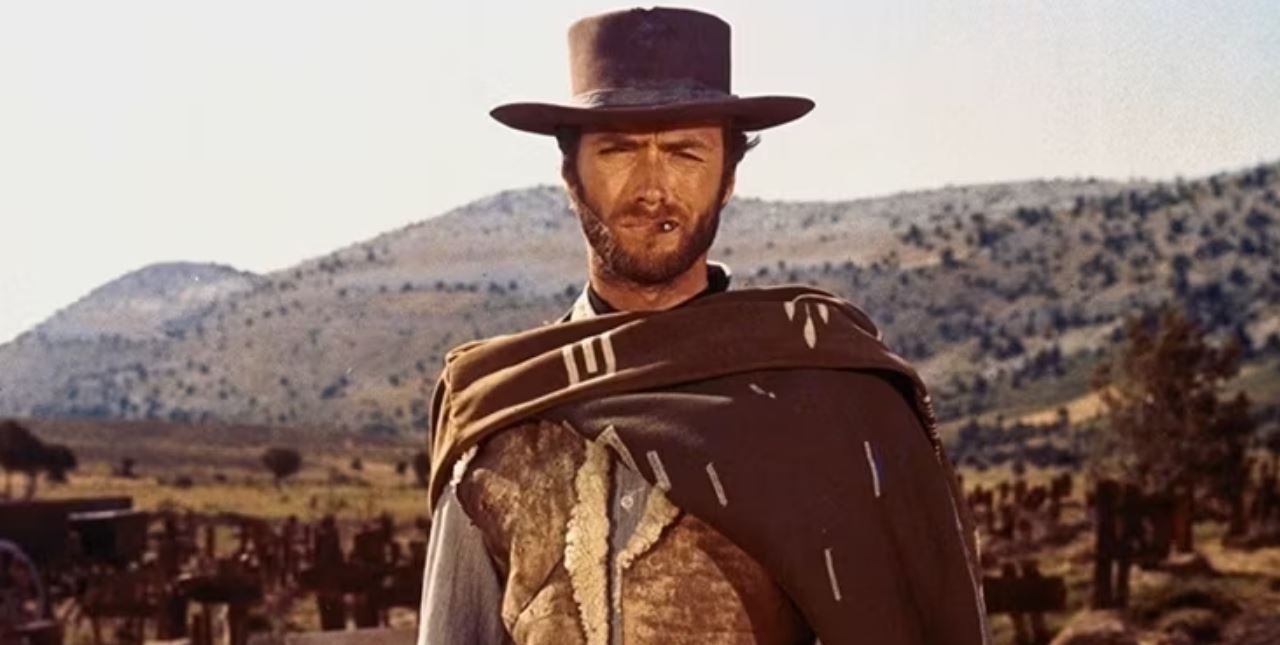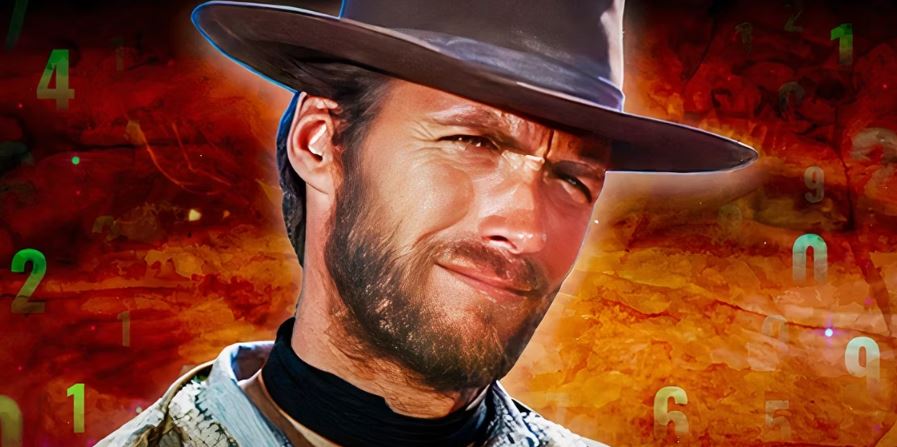While The Good, The Bad, And The Ugly might be Clint Eastwood’s most famous role, the actor was already both established and older than viewers might assume by the time he starred in the Spaghetti Western. As an actor and a director, Clint Eastwood has had the unique privilege of starring in three distinct eras of the Western genre. As a young emerging actor in the 1950s, Eastwood appeared in Technicolor Westerns such as Star in the Dust and Ambush at Cimarron Pass. Rawhide cemented the actor’s status as a genre mainstay, but he soon helped revolutionize the Western’s image.
Most of Clint Eastwood’s iconic Westerns were Spaghetti Westerns, European productions that were notable for their comparatively graphic violence, their moral ambiguity, and their subversive approach to the genre’s tropes. In the decades after Spaghetti Westerns made him famous, Eastwood went on to star in and direct Revisionist Westerns like Unforgiven and Cry Macho, which further deconstructed the mythos of classic Hollywood Westerns. While some of Clint Eastwood’s best Western characters came from this later era, Spaghetti Westerns remain the sub-genre with which he is most closely associated. This is thanks to The Man With No Name.
Clint Eastwood Was 36 Years Old During The Good, The Bad, And The Ugly
The Western Star Had Been Acting For 11 Years By Then

In 1964, director Sergio Leone cast a 34-year-old Eastwood as Blondie in A Fistful of Dollars. This box office hit was soon followed by 1965’s For a Few Dollars More, but it was the final movie in Leone’s Dollars trilogy that remains Eastwood’s most beloved screen outing. Clint Eastwood was 36 when he filmed 1966’s The Good, The Bad And The Ugly, an epic Western set during the American Civil War. An even bigger hit than its predecessors, The Good, The Bad, and The Ugly was met with mixed reviews upon release due to the Spaghetti Western sub-genre’s controversial critical status.
In the decades since, Leone’s masterpiece was critically reappraised and The Good, The Bad, and The Ugly is now considered one of the best Westerns ever, if not one of the most accomplished movies in history. The entire Man With No Name trilogy holds up well, but the appeal of Eastwood’s Blondie is best distilled in the final chapter of the series. A genuinely unsettling villainous turn from Lee Van Cleef and Eli Wallach’s uproarious comic relief ensure that The Good, The Bad, and The Ugly is better balanced than the trilogy’s earlier movies, as its commentary remains razor-sharp.
Clint Eastwood Was Already An Established Star When Filming The Good, The Bad And The Ugly
TV’s Rawhide Made Eastwood A Household Name
Although Rawhide was part of the reason the actor’s Spaghetti Westerns gained such a large audience, Eastwood was glad to take on projects that completely deconstructed the idealized vision of the old West offered by his breakthrough TV hit.

Eastwood was already famous before The Good, The Bad, and The Ugly since, by the time he began shooting the final chapter of the trilogy, he had starred in TV’s Rawhide for years. Rawhide ran for seven seasons from 1959 to 1965, airing 217 episodes during this time. While Eastwood played a central role in the series, the part of Rowdy Yates wasn’t one that fits his now iconic screen persona. Far from the taciturn, sardonic Man With No Name, Rowdy was a young ramrod who was the show’s feckless, impulsive antihero. Eastwood famously didn’t love playing Yates at 30.
By the time Rawhide ended Eastwood hated that Yates had become the show’s de facto hero. The Man With No Name trilogy allowed the star to play a more complex, morally ambiguous antihero after years of starring as a broad, somewhat goofy matinée hero. As such, although Rawhide was part of the reason the actor’s Spaghetti Westerns gained such a large audience, Eastwood was glad to take on projects that completely deconstructed the idealized vision of the old West offered by his breakthrough TV hit.
Blondie Is Still Clint Eastwood’s Defining Performance As An Actor
Eastwood’s Screen Persona Was Epitomized In The Man with No Name
While the star went on to offer more nuanced and poignant turns later in his career, The Man With No Name is still Eastwood’s career-defining performance. As Blondie, Eastwood encapsulated the steel-eyed charisma and stoic sense of humor that still informs most of his performances to this day. Blondie’s amoral outlook was an early antecedent of Unforgiven’s William Munny, while his deadpan sense of humor can be seen in everything from Pale Rider to the Dirty Harry movies. As a result, The Good, The Bad, And The Ugly remains Clint Eastwood’s most iconic movie and his definitive performance.
